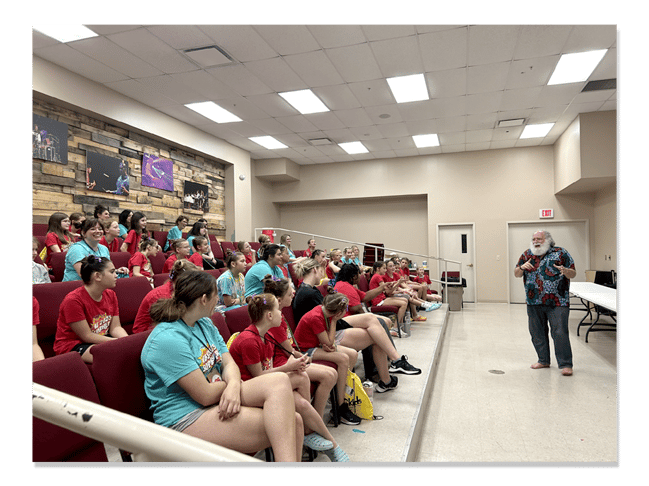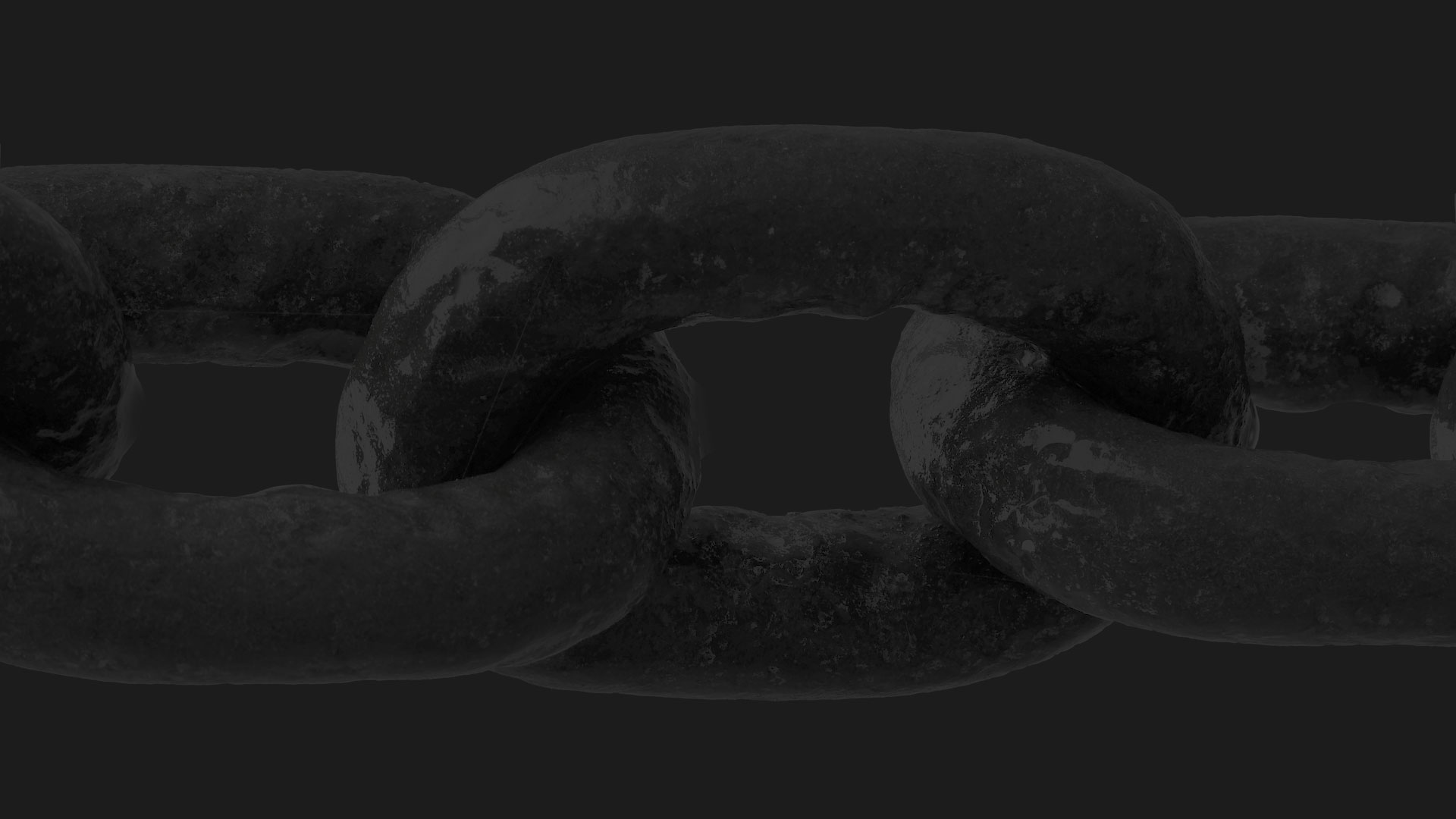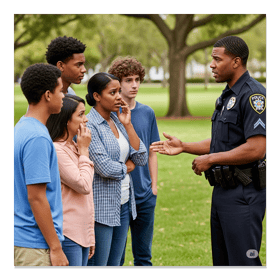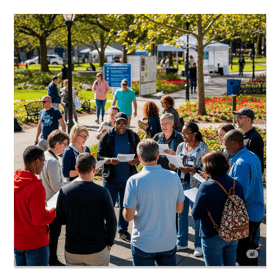"The moment we take our first breath until the day we die, we are on a continual journey of learning."
Education is one of the most powerful tools we have in the fight against child trafficking and sextortion.
When we understand the risks, recognize the signs, and know how to respond, we can protect the children we love and support those who have been hurt.
This page is here for parents, teachers, teens, and community members who want to learn more about these hidden dangers and how to take action.
- Dr. Jeff Brodsky



Understanding Child Trafficking and Sex Slavery
What is Child Trafficking?
Child trafficking is when children are taken or tricked into situations where they are forced to work or live in harmful ways. Often, traffickers use lies, threats, or abuse to control these children, forcing them to do things they don’t want to do—like working long hours or worse, being exploited so others can make money.
Unfortunately, this is a problem in many parts of the world, including close to home.
What is Sex Slavery?
Sex slavery is when children or adults are forced to perform sexual acts against their will, often by someone who controls or threatens them. It is a heartbreaking and very serious form of abuse.
These children are robbed of their childhood, safety, and freedom—and the scars can last a lifetime.
Recognizing the Signs of Trafficking
It can be hard to know if someone is being trafficked, but there are some signs we can watch for.
A child might seem very afraid or nervous, have bruises or injuries, or act like they are being watched or controlled by someone else. Sometimes they may suddenly change how they behave or stop going to school.
Families, teachers, and friends who care can make a big difference by noticing these signs early and getting help.
How Traffickers Target Children
Traffickers often look for children who feel lonely, are in difficult situations, or don’t have people they trust. They may try to befriend children online or in person, offer gifts, money, or promises of a better life.
This is called grooming, and it’s a trick to gain trust so they can control the child later.
The Process of Rescue and Restoration
When children are rescued from trafficking, their journey to healing begins. It’s not easy, but with love, counseling, education, and care, survivors can rebuild their lives.
Organizations like JOY International work hard to help these children find safety and hope again—helping them feel valued, safe, and free.

Teen Sextortion:
Hidden Danger Online
What is Sextortion?
Sextortion is when someone tricks or threatens a young person into sharing private photos or videos, and then uses those images to control, shame, or harm them.
It’s a hidden danger that has grown with technology, making it easier for bad people to take advantage of teens online.
How Sextortion Happens
Often, sextortion starts with someone pretending to be a friend online. They build trust, ask for pictures, and then use those pictures to threaten the teen—telling them they will share the images with friends, family, or the public unless the teen gives money, more photos, or does other things against their will.
This can cause fear, anxiety, and sadness for the young person involved.
Spotting the Warning Signs
Teens who are being sextorted might suddenly become secretive about their phones or computers. They may seem worried, anxious, or withdrawn and might stop spending time with friends or family.
Changes like these can be signs that someone needs help.
Protecting Yourself and Others
The best way to stay safe is to be careful about what you share online. Never send photos or personal information to people you don’t fully trust. Use privacy settings on social media, and remember that anything you share can be saved or shared without your permission.
If you or a friend ever feels threatened or scared, it’s very important to talk to a trusted adult, teacher, or counselor—they want to help and keep you safe.
Empowering Teens with Knowledge
Knowing about sextortion helps teens stay strong and safe.
Learning how to recognize danger and understanding that they are not alone gives young people the power to say no to manipulation and ask for help when needed.
How You Can Help:
Education, Prevention, and
Community Action
Parents and Caregivers
You play a vital role in keeping children safe. Talk openly and honestly with your children about body safety, boundaries, and the importance of trust. Create an environment where kids feel comfortable sharing worries or strange experiences without fear of judgment. Monitor internet use gently—teach children about privacy settings and explain why not everything online is safe or true. Learn the warning signs of trafficking and sextortion so you can act quickly if needed.
Teachers and School Staff
Schools are places of learning and protection. By integrating awareness about trafficking and sextortion into health or digital safety lessons, you help students stay informed and prepared. Encourage students to talk if they feel unsafe or unsure. Participate in training opportunities to recognize signs of abuse or exploitation, and know how to connect students with the right support services.
Law Enforcement and First Responders
Your specialized training and compassionate approach make all the difference in rescue and prevention efforts. Collaborate closely with community organizations and survivors to respond effectively and respectfully. Your vigilance and readiness help dismantle trafficking networks and bring hope to survivors.
Community Engagement
Change happens when neighbors, churches, and local groups work together. Organize or join awareness events that highlight trafficking issues and raise funds for rescue missions. Support survivor-led businesses by purchasing ethically crafted products. Advocate for policies that protect children and fund prevention programs. Every voice and action counts.
Together, we create a safety net—a community where children can grow, learn, and thrive free from fear. By educating ourselves and others, watching for signs, and taking action, we do our part in this mission to protect the vulnerable and bring about lasting change.








Resources and Further Learning
Knowledge is the key to protection and empowerment. Below are trusted resources that offer more information, tools, and support for anyone wanting to learn about child trafficking, sextortion, and how to make a difference.
Helplines and Support Services
⦁ Contact Dr. Brodsky directly - jeff@joy.org
⦁ Contact JOY International - (303) 838-0880 or info@joy,org
⦁ National Human Trafficking Hotline - (888)-373-7888
⦁ Cyber Tipline for Online Exploitation 1-800-THE-LOST